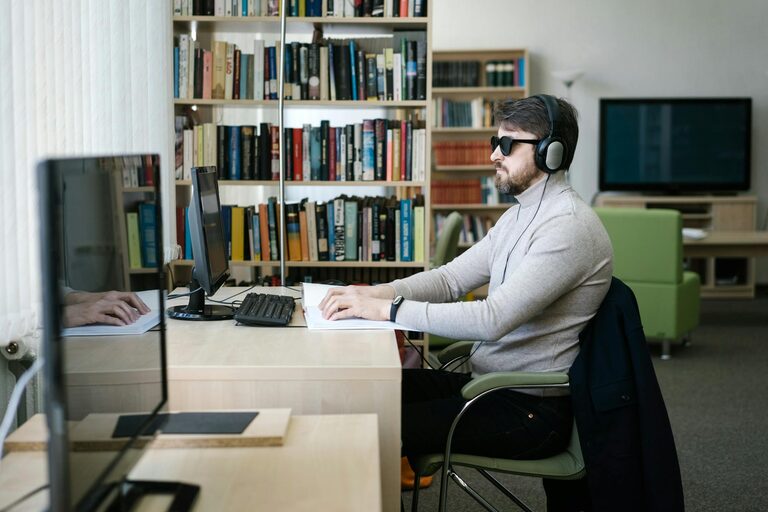Spending hours in front of screens has become a routine part of daily life, whether for work, study, or entertainment. However, prolonged screen time can lead to eye discomfort and strain. In this post, we’ll explore why protecting your eyes during screen time matters and provide practical strategies to keep your eyes healthy.
Why Protecting Your Eyes Matters
Extended exposure to digital screens often results in a condition known as digital eye strain or computer vision syndrome. Symptoms include dryness, blurred vision, headaches, and tired eyes. Taking care of your eyes not only improves comfort but also helps maintain long-term eye health.
Understanding Digital Eye Strain
Digital eye strain occurs because when we look at screens, we tend to blink less, causing dryness and irritation. The glare from screens and poor lighting can also contribute to discomfort. Being mindful of these factors is the first step toward eye protection.
Practical Tips to Protect Your Eyes
1. Follow the 20-20-20 Rule
Every 20 minutes, take a 20-second break to look at something 20 feet away. This simple practice helps relax the eye muscles and reduce fatigue.
2. Adjust Your Screen Settings
– Brightness: Ensure your screen brightness matches the lighting around you.
– Text size and contrast: Adjust text size for easy reading and use high contrast settings.
– Blue light filter: Use built-in blue light settings or apps to reduce blue light exposure, which may interfere with sleep.
3. Position Your Screen Correctly
– Place your screen about an arm’s length away (20-24 inches).
– Position the screen so the top is at or slightly below eye level to reduce strain on your neck and eyes.
– Avoid glare by adjusting the screen angle or using an anti-glare screen protector.
4. Maintain Proper Lighting
Avoid working in a room that is too bright or too dim. Natural lighting is best, but if you rely on artificial lighting, use soft, evenly distributed light sources. Avoid harsh overhead lights or direct sunlight on the screen.
5. Blink More Often
Consciously blinking helps keep your eyes moist and reduces dryness. If you notice dryness, consider using lubricating eye drops approved by an eye care professional.
6. Take Regular Breaks
Standing up and moving around every 30 to 60 minutes can improve circulation and reduce overall fatigue, including in your eyes.
7. Use Protective Eyewear if Needed
Specialized computer glasses with anti-reflective coatings can reduce glare and improve comfort for people who spend long hours on screens. Consult an eye care professional to see if these are right for you.
8. Maintain a Healthy Lifestyle
Good eye health depends on overall health. Make sure to:
– Stay hydrated.
– Eat a balanced diet rich in vitamins A, C, and E.
– Get sufficient sleep.
– Exercise regularly to support circulation.
When to See an Eye Doctor
If you experience persistent eye pain, vision changes, or double vision, it is important to consult an eye care professional. They can evaluate your eye health and recommend specific treatments or corrective lenses.
Final Thoughts
Protecting your eyes during screen time doesn’t have to be complicated. Incorporate these simple habits into your daily routine to reduce eye strain and promote long-term eye health. Your eyes will thank you!
By staying mindful about your screen habits and environment, you can enjoy digital devices comfortably and safely.


